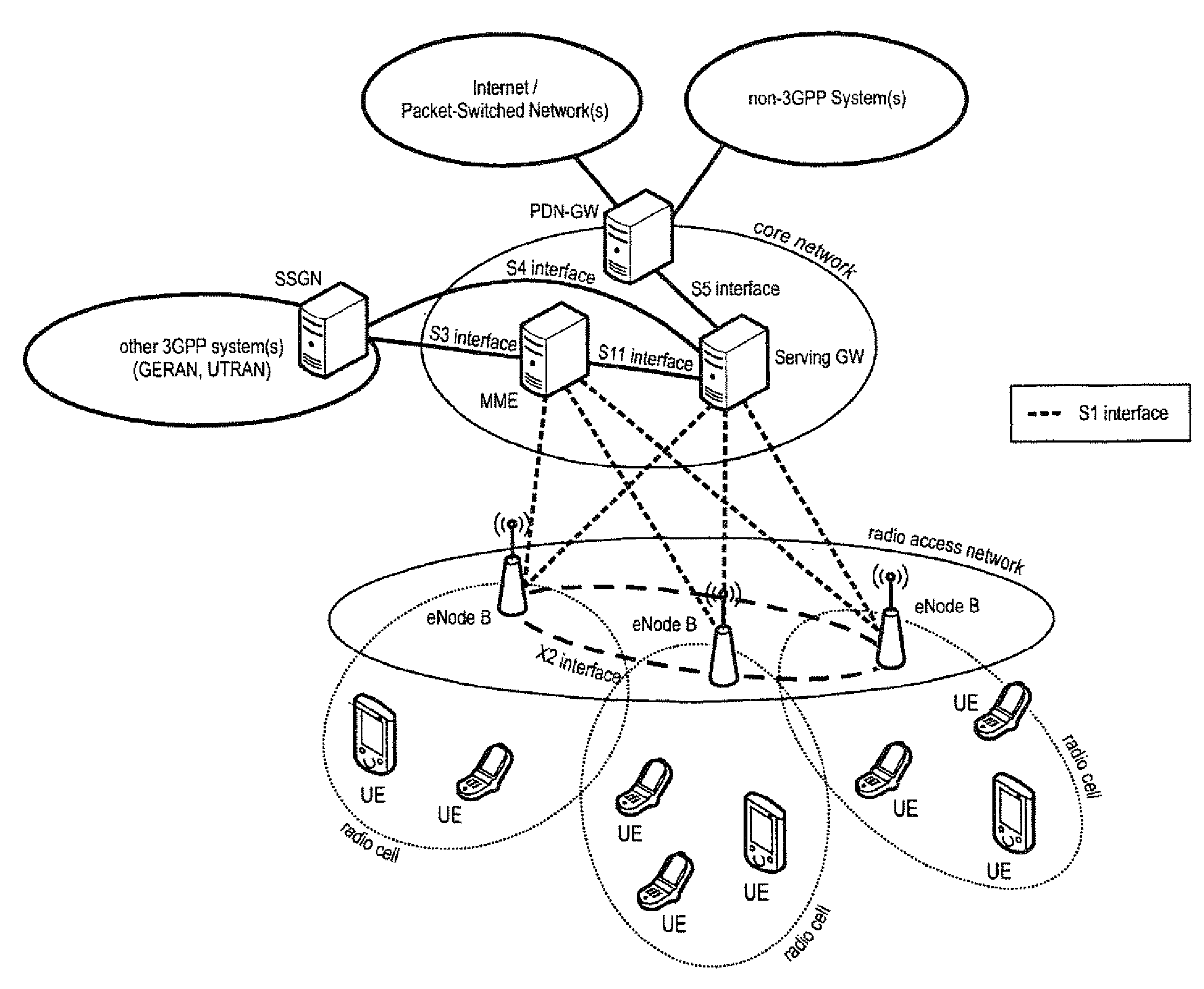Semi-persistent scheduled resource release procedure in a mobile communication network
scheduled resource technology, applied in the field of semi-persistent scheduled resource release procedure in a mobile communication network, can solve the problems of not being able to decode packets correctly, increasing the cost of a hybrid arq soft-buffer at the receiver, and being difficult to compete with newcomers
- Summary
- Abstract
- Description
- Claims
- Application Information
AI Technical Summary
Benefits of technology
Problems solved by technology
Method used
Image
Examples
Embodiment Construction
[0136]The following paragraphs will describe various embodiments of the invention. For exemplary purposes only, most of the embodiments are outlined in relation to an (evolved) communication system according to LTE discussed in the Technical Background section above.
[0137]One aspect of the invention is to use (existing) physical control channel signaling related to a semi-persistent scheduling for deactivating the semi-persistent resource allocation to a user equipment (or in other words releasing the grant for the semi-persistent resource allocation) by defining a special combination of control channel signaling values as a deactivation command for the semi-persistent resource allocation. More specifically, the physical control channel signaling may be a resource assignment related to the semi-persistent resource allocation that is commonly used to allocate or reallocate radio resources to the user equipment for the semi-persistent resource allocation. The control signaling, respec...
PUM
 Login to View More
Login to View More Abstract
Description
Claims
Application Information
 Login to View More
Login to View More - R&D
- Intellectual Property
- Life Sciences
- Materials
- Tech Scout
- Unparalleled Data Quality
- Higher Quality Content
- 60% Fewer Hallucinations
Browse by: Latest US Patents, China's latest patents, Technical Efficacy Thesaurus, Application Domain, Technology Topic, Popular Technical Reports.
© 2025 PatSnap. All rights reserved.Legal|Privacy policy|Modern Slavery Act Transparency Statement|Sitemap|About US| Contact US: help@patsnap.com



